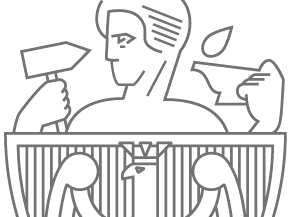Strona główna » DAAS » Research » Projects »
CAPECON – Civil UAV APplications & Economic Effectivity of Potential CONfiguration Solutions
The CAPECON project was conducted under the 5th Framework Programme. Its goal was to research potential applications, economic effectiveness and technological problems connected with building and exploiting different configurations of civil UAVs. In rotorcraft part of the project it was decided to consider two helicopter configurations: classical with tail rotor and coaxial.
The Department of Automation and Aeronautical Systems of Warsaw University of Technology was obliged to perform simulations of hover and forward flight conditions in normal and emergency procedures.
The classical configuration rotorcraft was modeled using FLIGHTLAB tool. The fuselage was modeled as a rigid body with six degrees of freedom. The rotor hub was fully articulated, with bearings. Aerodynamic loads were modeled as quasi-steady, calculated using strip theory for assumed aerodynamic coefficients of rotor blades airfoils. Tail rotor was modeled using Baileys’ methodology.
Calculations of hover and level flight in wide range of speed were made. Rotor loads, attitude angles and stability and control matrices were calculated. Results obtained confirmed correctness of the configuration.
The coaxial helicopter model was developed using Matlab tool. The modernized general model of mobile objects, developed earlier in Department, was used.
The helicopter fuselage was modeled as rigid body with six degrees of freedom. Hubs of both rotors were of the teetering type. Both rotors were controlled individually, but the control of the rotors may be coupled. Aerodynamic loads were modeled as quasi-steady, calculated using strip theory for assumed aerodynamic coefficients of rotor blades airfoils.
Calculations of hover and level flight were conducted. In the simulation the following parameters were calculated: rotor and fuselage loads, helicopter orientation angles, stability and control matrices.

